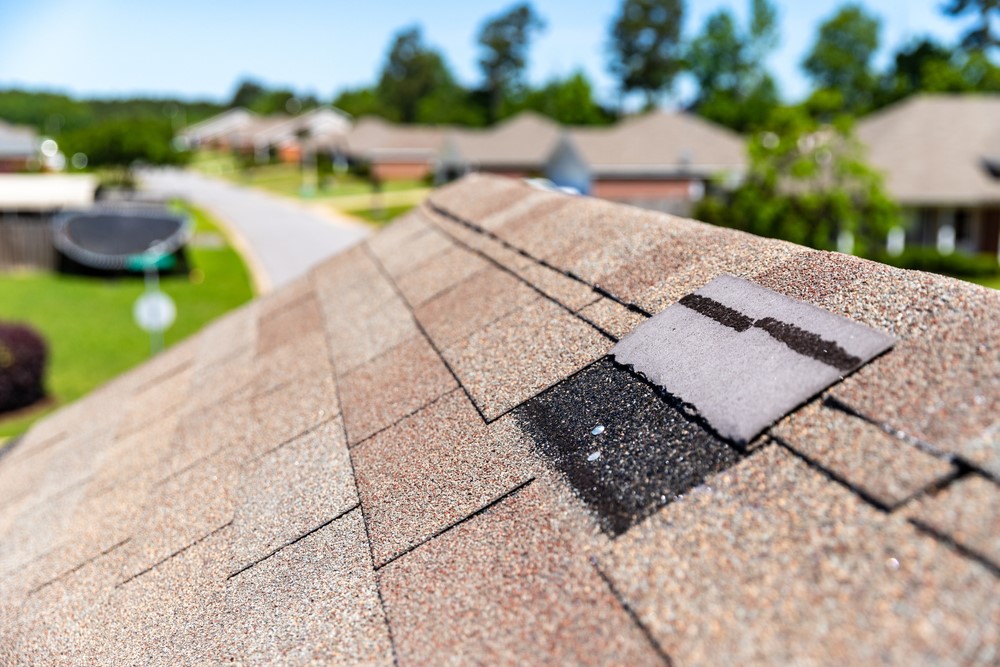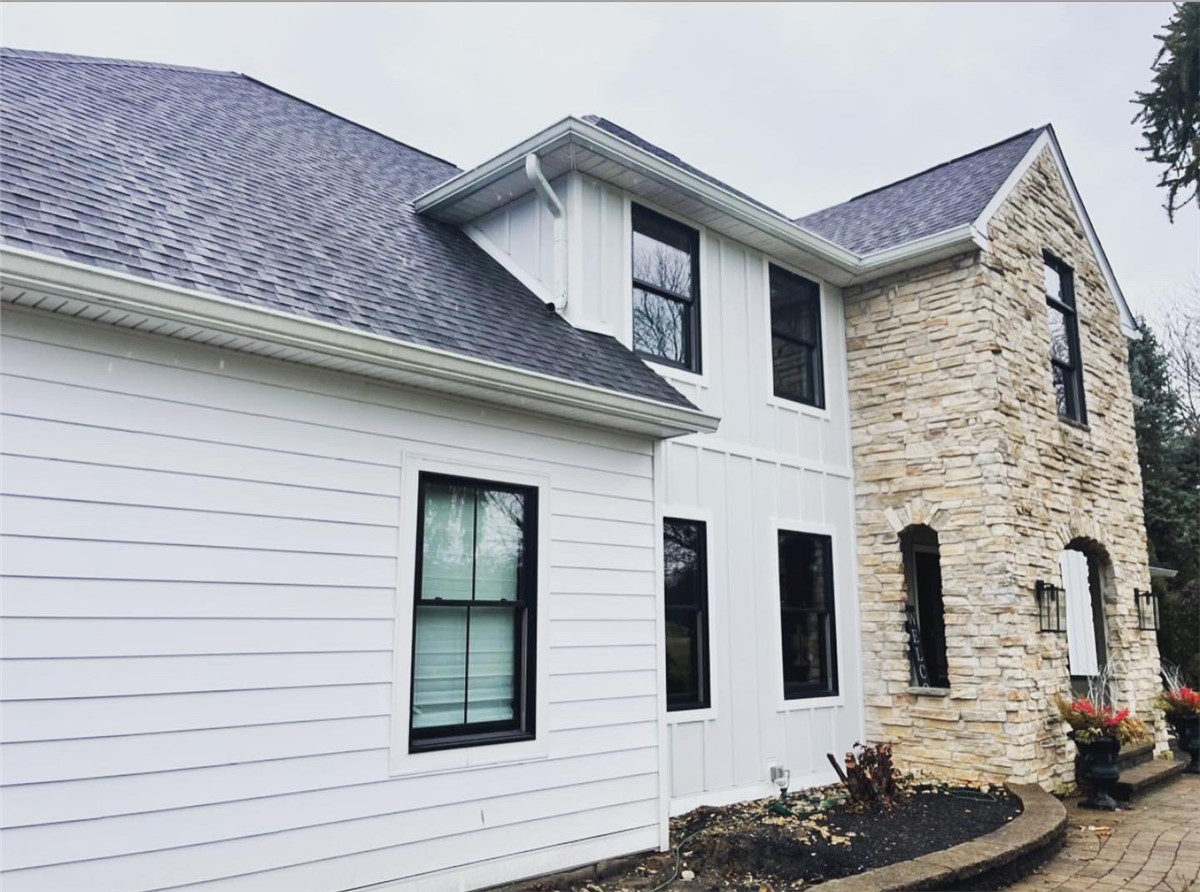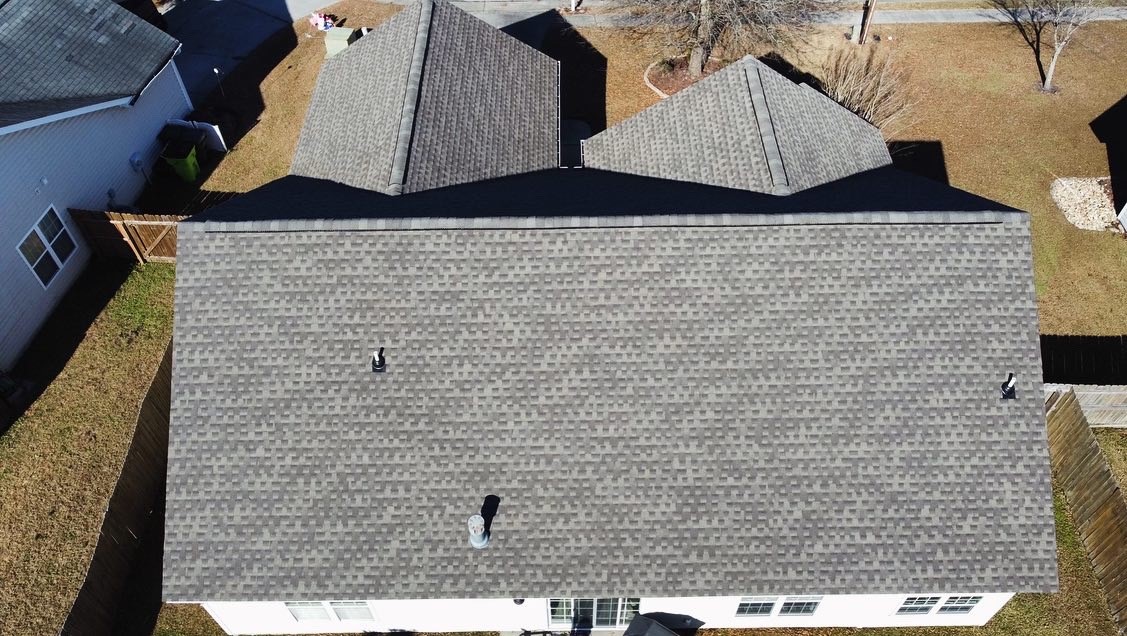If you're exploring roofing options, you've probably heard of TPO roofing, and for good reason. TPO (Thermoplastic Olefin) roofing combines energy efficiency, durability, and affordability, making it a favorite for flat roofs in both homes and businesses. However, when considering any roofing project, understanding the TPO roofing installation cost is a top priority. What goes into the cost? Is it worth it compared to other options?
In this blog, we'll break down everything you need to know about TPO roofing installation costs, from the factors that impact pricing to its long-term value. Whether you're planning a roof replacement near Burlington, NJ, or curious about its energy-saving benefits, we'll show you what makes it a standout choice.
[ez-toc]
Factors Influencing TPO Roofing Installation Costs
Understanding that TPO roofing installation cost starts with knowing the factors that influence pricing. While TPO is known for its affordability, several key variables determine the final cost of your project. Here's a closer look at what impacts the TPO roofing installation cost:- Material Quality: TPO membranes come in various thicknesses, with thicker options offering greater durability and resistance to wear and tear. High-quality materials may cost more upfront, but provide long-term savings by reducing repair and maintenance needs.
- Roof Size and Complexity: The size and layout of your roof significantly affect TPO roofing installation costs. Larger roofs naturally require more material, while complex designs with multiple angles, penetrations, or obstructions take more time and expertise to complete.
- Labor and Expertise: Choosing experienced TPO roof installers is important to achieving a seamless, leak-free roof. Labor costs vary depending on the expertise required and the time needed to complete your project. A TPO flat roof typically requires precise and skilled craftsmanship, which can influence the price.
- Region and Accessibility: Geographic location also plays a role in pricing. Costs may vary based on local labor rates and material availability. Additionally, roof accessibility—such as multi-story buildings or hard-to-reach areas-can add to labor charges.
- Additional Features and Upgrades: Features like improved insulation, reflective coatings, or specialized drainage systems can improve your roof's performance but may increase the overall cost. These add-ons are worth considering for properties aiming to maximize energy efficiency or combat specific weather challenges.
Long-Term Value of TPO Roofing
Investing in TPO roofing installation provides lasting advantages that make it a worthwhile choice. Here's how TPO flat roofing delivers value over time:- Energy Efficiency: TPO membranes reflect sunlight, reducing heat absorption and lowering cooling costs during summer.
- Durability: Resistant to UV damage, punctures, and chemicals, a TPO flat roof can last up to 20 years with minimal maintenance.
- Low Maintenance: Unlike traditional materials, TPO requires only occasional inspections and cleaning to maintain its performance.
- Eco-Friendly Benefits: TPO is recyclable and supports sustainable practices by reducing energy consumption.
- Commercial Appeal: Ideal for businesses, TPO roofing cuts operating costs and improves property appeal with its modern, energy-efficient design.
Comparing TPO Costs with Other Roofing Materials
Choosing the right roofing material is a major decision, especially when considering long-term value and upfront expenses. Here's how TPO roofing installation cost compares with other options:- Asphalt Shingles: While asphalt shingles are cheaper upfront, they typically last only 15-20 years and require more maintenance. In contrast, TPO roofing provides a longer lifespan of 20-30 years and contributes to lower energy costs due to its reflective properties. This makes TPO a more cost-effective option in the long run, especially for those prioritizing durability and energy efficiency.
- Metal Roofing: Metal roof installation is highly sought after because they are durable but it usually comes with higher initial costs. TPO provides a balance of affordability and durability, especially for flat or low-slope roofs.
- EPDM Flat Roofs: EPDM is another popular flat roofing option. Although it offers durability, it lacks the reflective properties of TPO, meaning higher energy costs in hotter climates.
- Built-Up Roofs (BUR): BURs are more expensive due to their labor-intensive installation. In contrast, TPO flat roofs combine easy installation with trustworthy performance at a competitive price.
Work with Professional Roofers to Install Your New TPO Flat Roof
Choosing TPO roofing for your next project means investing in long-term durability, energy efficiency, and cost savings. With its affordability and performance, TPO stands out as one of the most dependable roofing solutions available. Whether you're interested in a TPO flat roof installation or upgrading your current system, our full-service roofing company is here to guide you every step of the way.At United Veterans Roofing, we proudly serve homeowners and businesses across Chester County, PA, and beyond, including Pennsylvania, New Jersey, and North Carolina. Contact us today to schedule your FREE estimate and take the first step toward a stronger, more efficient roof.
Tags
Subscribe to United Veterans Roofing's Blog








Comments